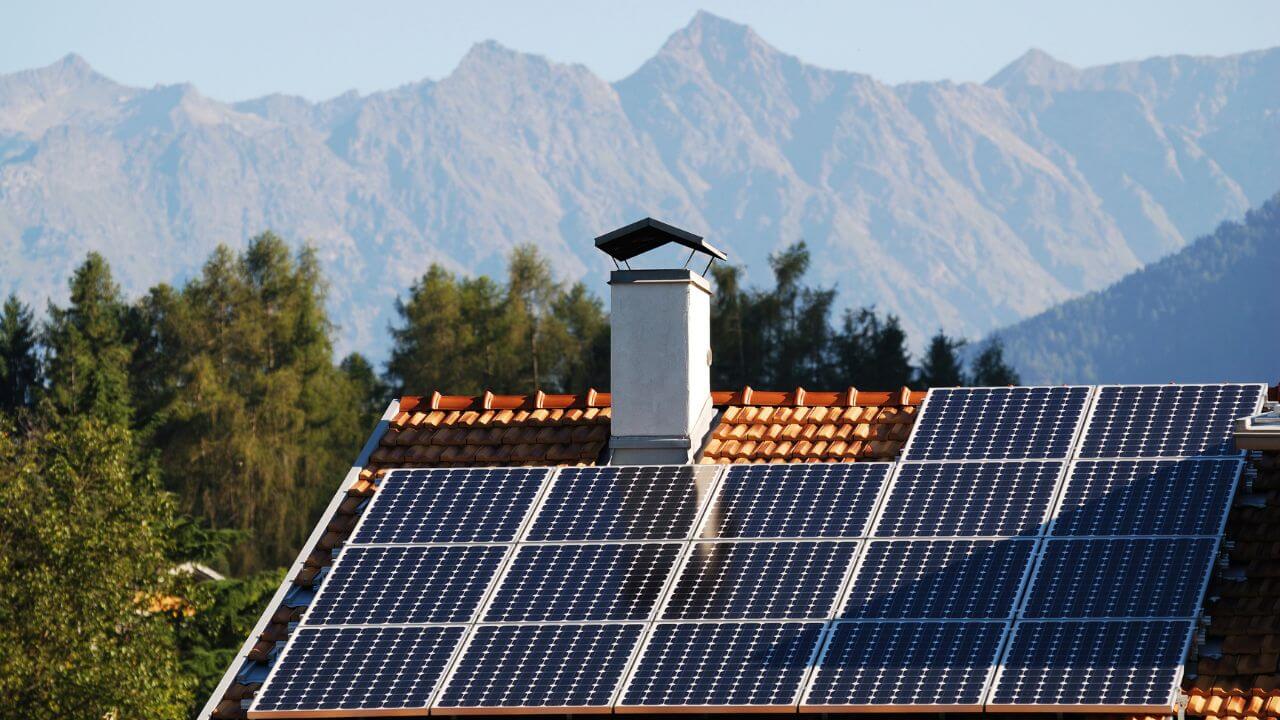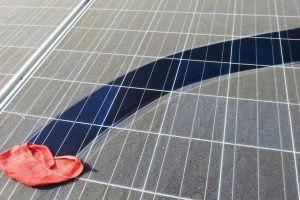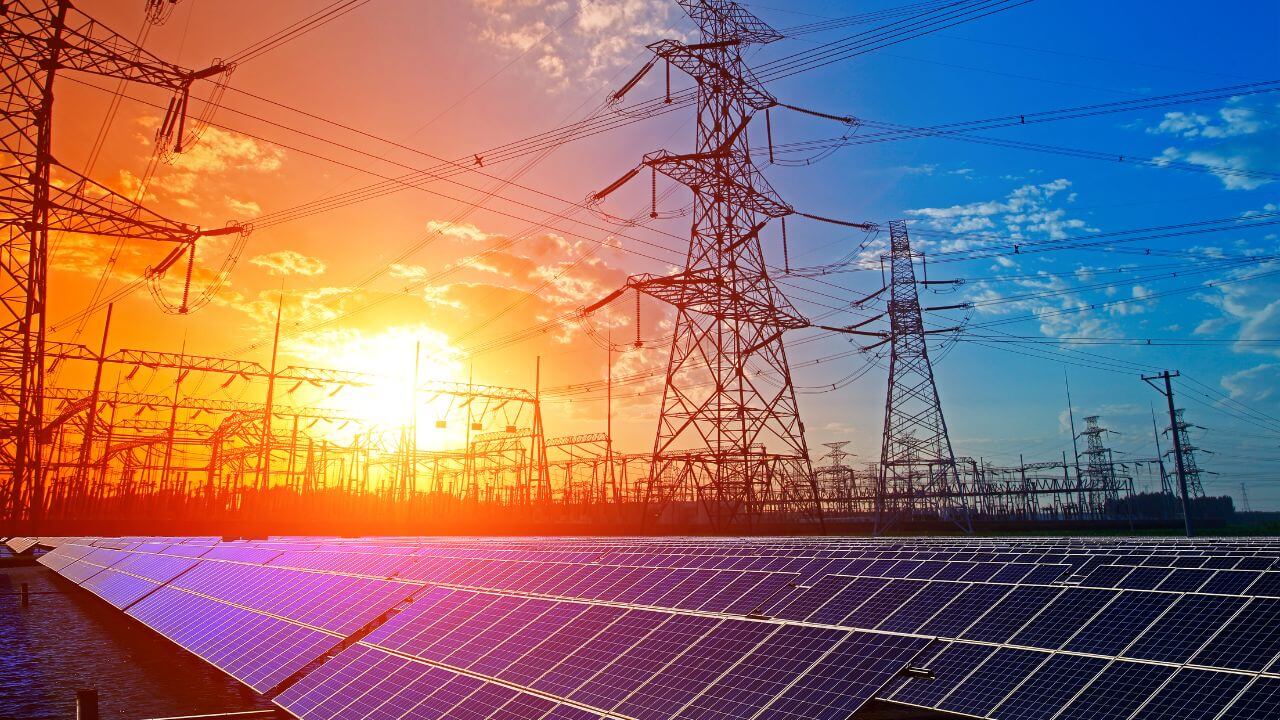Tapping into the sunlight to warm water offers a straightforward yet creative approach to reducing energy use and diminishing our carbon imprint. In this piece, we’ll uncover the mechanics of solar-powered water heaters and their perks to the planet and your pocketbook.
Solar water heaters employ the sun’s rays either to warm water directly or indirectly through collectors that soak up sunlight and then relay this heat to a storage unit. This ever-present and free energy source eventually leads to cost savings over time.
By introducing solar-powered water heating to your residence or enterprise, a slew of benefits await. Your energy expenses will likely drop, and simultaneously, you’ll play a part in slashing greenhouse gas output, benefiting Mother Earth. Plus, these systems are typically low on upkeep, enhancing their attractiveness.
As we journey further in this piece, we’ll discuss the variety of solar water heaters in the market, their integral parts, and how they’re set up. Learn how the sun’s rays can meet your hot water demands while championing eco-friendly practices.
Types of solar water heating systems
Solar water heating setups come in two primary forms: active and passive. Active systems utilize pumps or related mechanical tools to move the water or the fluid that carries heat. They tend to have a higher efficiency, though their installation and upkeep might be more intricate.
In contrast, passive systems operate on the principle of natural convection to move water. They’re relatively uncomplicated and more budget-friendly to set up, but their efficiency can vary based on certain conditions.
These passive designs can be split into two sub-categories: direct and indirect circulation systems.
With direct circulation systems, water flows directly from the collectors to the storage vessel. They’re ideal for regions with milder weather where there’s no threat of the water freezing. On the flip side, indirect circulation systems make use of a specialized fluid to gather heat and channel it to the storage tank. Such setups are more apt for places where freezing conditions are more prevalent.
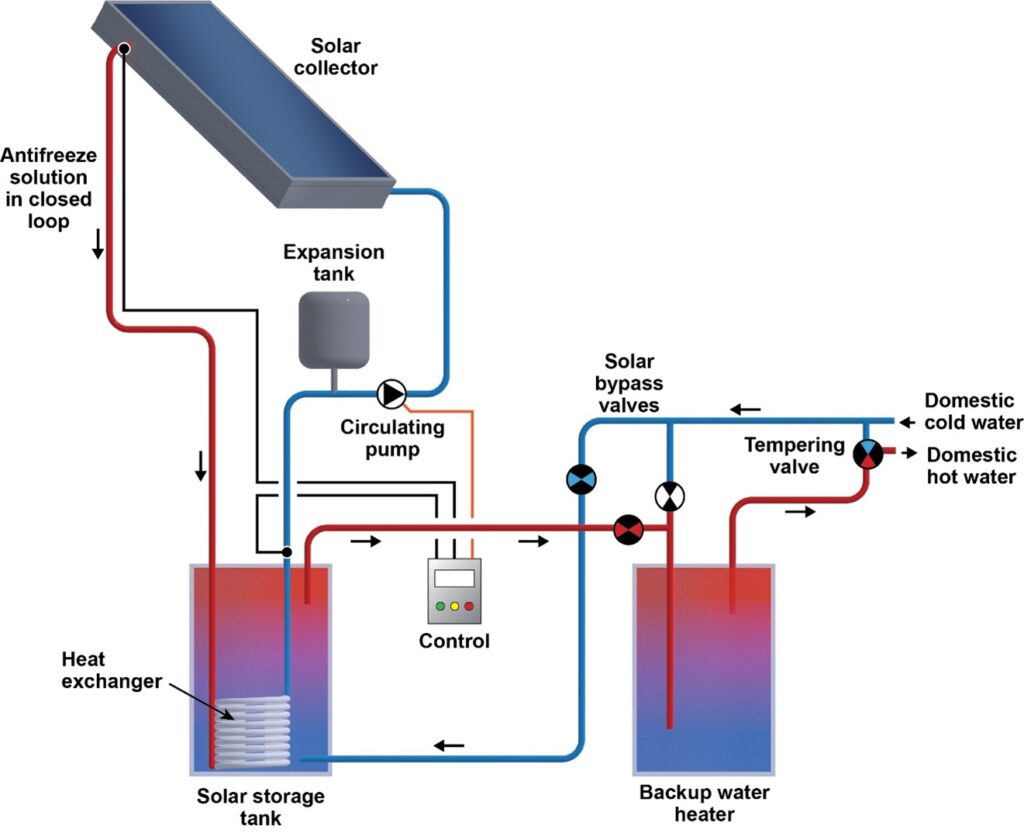
Credit: pnnl.gov/
Components of a solar water heating system
At the core of a solar water heating system lie several crucial elements, each playing a distinct role in heating and storing water. These are the solar collectors, a storage reservoir, a circulation mechanism, and a supplementary heating arrangement.
At the center of operations are the solar collectors. These devices trap sunlight, converting its energy into warmth. Typically manufactured from glass or plastic, these collectors possess tubes or plates. Their primary task is to soak up the sun’s rays and relay the heat either to water or a medium designed for heat transfer.
Then we have the storage tank. Think of it as a warm embrace for the water or the heat-transferring medium, holding onto it for when it’s needed. Given its role, this container is designed with insulation in mind, ensuring the stored warmth doesn’t dissipate easily.
For those setups with an active design, there’s the circulation mechanism. This network of pumps, valves, and conduits is instrumental in moving the water or heat-transfer medium back and forth between the collectors and storage tank. Its job? To ensure that the collectors’ warmth finds its way efficiently into the tank.
And lastly, there’s a safety net in the form of a backup heating structure. It steps up when sunlight is in short supply or the demand for hot water spikes. This system might be electric, gas-driven, or reliant on other traditional heating means. It ensures that come rain or shine, your hot water needs are always met.
How solar water heating works in detail
Solar water heaters harness the sun’s energy to warm up water or a specific fluid designed for heat transfer, storing it for when it’s called upon. Here’s a step-by-step breakdown of the operation:
- Sunlight Capture: Solar collectors, often mounted on rooftops or other optimal spots, are engineered to capture sunlight effectively. These devices are fine-tuned to get the best sun exposure and ward off unnecessary heat dissipation. Once sunlight is trapped, it’s turned into heat, subsequently transmitted to either water or a special heat-transfer fluid.
- Circulation in Active Systems: For systems identified as ‘active,’ a pump pushes the water or heat-transfer fluid from the tank through the solar collectors. This fluid gathers the heat during its journey through these collectors, warming up. Post this, the now-warmed fluid is channeled back to the storage tank, poised for use.
- Natural Flow in Passive Systems: For the ‘passive’ variants, Mother Nature takes over. Heated fluid within the solar collectors becomes lighter, causing it to ascend into the storage tank naturally. Simultaneously, the cooler fluid from the tank, being denser, gravitates towards the collectors. This cyclic motion ensures consistent circulation.
- Storage and Use: The essence of the entire process, the warmed water or heat-transfer fluid, is kept in the storage tank, waiting for its moment. When there’s a demand for hot water, it’s taken from this tank. As this happens, the dispensed quantity is replenished with colder water, which then gets its turn under the sun for heating. This recurrent process guarantees a steady flow of hot water for all needs.
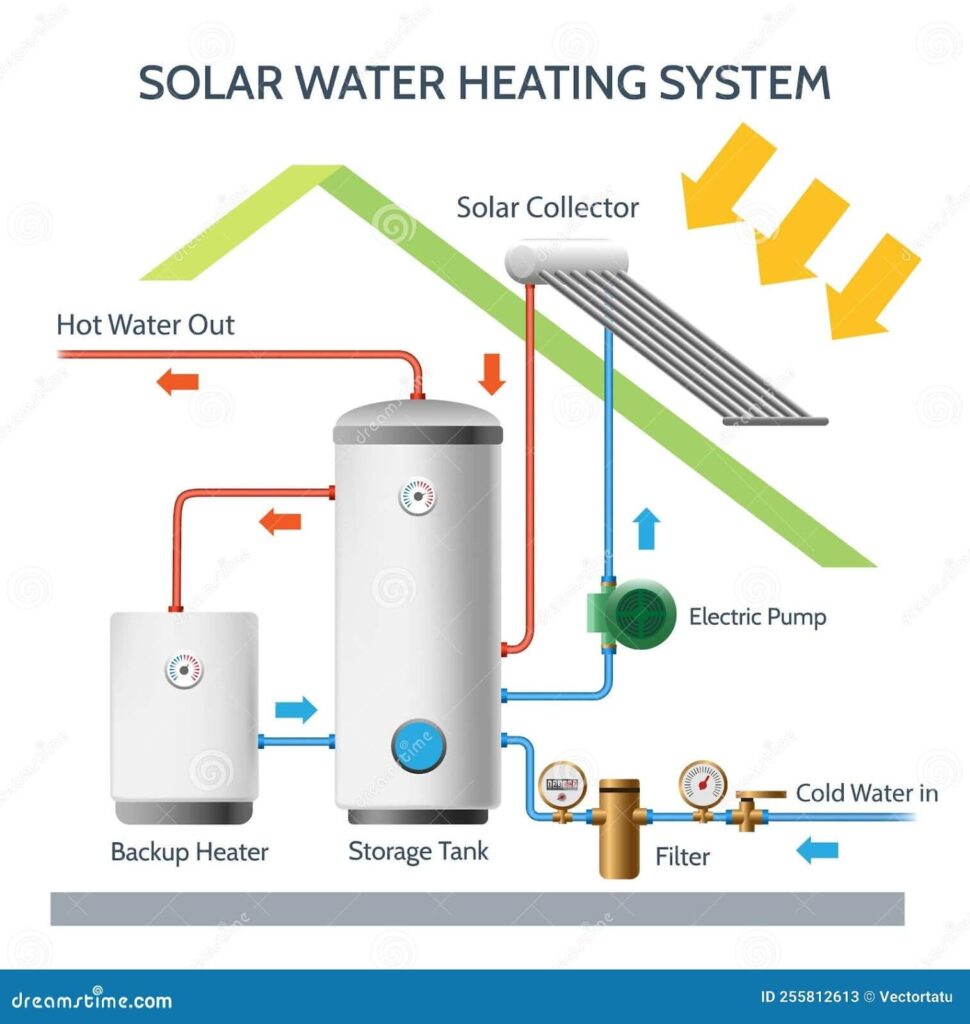
Credit: thumbs.dreamstime.com
Benefits of solar water heating
Solar water heaters come packed with a plethora of advantages. For starters, they can drastically cut down on your energy expenses. By drawing from the sun’s bountiful energy, your dependence on electricity or gas to heat water diminishes, culminating in noteworthy savings as time progresses.
Secondly, these heaters are a boon for our environment. As touched upon, they play a pivotal role in curbing greenhouse gas releases by minimizing the demand for fossil fuels. Embracing renewable energies like solar feels good and actively contributes to nurturing a more sustainable tomorrow. To put this into perspective, data from the U.S. Environmental Protection Agency (EPA) sheds light on the remarkable footprint of a standard solar water heater. Annually, such a system can diminish CO2 emissions by a whopping 4,000 pounds. To visualize this, imagine planting a lush green forest of over 100 trees – that’s the environmental equivalency!
Lastly, one can’t overlook the ease of maintaining solar water heaters. Post-installation, these systems essentially run smoothly with little to no fuss. A routine check-up and the odd cleaning session are generally all it takes to ensure optimal performance.
Maintenance and installation of solar water heaters
Setting up a solar water heating system isn’t merely placing equipment; it necessitates meticulous planning and thought. Here’s a guide on what to consider:
- Optimal Positioning: It’s pivotal to position the system where it can bask in maximum sunlight. The ideal direction is southward, though it can also tilt up to 90 degrees to the east or west. To extract peak efficiency, one should sidestep obstructions like tree shade or neighboring structures.
- Collector Placement: Depending on what suits your premises, you can opt to fix the collectors atop your roof, lay them on the ground, or even embed them as part of the building’s very architecture. This decision often hinges on factors like available space, how you want it to look, and the accessibility for upkeep.
- Regular Upkeep: Solar water heaters thrive on regular care like any other system. Ensure you periodically:
– Examine collectors for potential damages or accumulation of dirt.
– Inspect the circulation mechanism for any leaks or obstructions.
– Confirm that the storage vessel retains its insulating properties effectively.
Routine maintenance doesn’t just ensure you get the best out of your solar heating system; it also extends its operational lifespan, making it a long-term eco-friendly companion.
To sum up
Solar water heating harnesses the limitless power of the sun for sustainable living. By effortlessly capturing solar rays, these systems convert sunlight into heat, warming our water in an eco-friendly manner. Not only do they significantly slash energy bills, but they also play a pivotal role in reducing our carbon footprint. Traditional heating methods pale compared to solar alternatives’ efficiency and environmental benefits. If you’re seeking an energy solution that aligns with the ethos of a greener planet, solar water heating stands out as a clear winner. Dive into solar; it’s where the future shines brightest.



